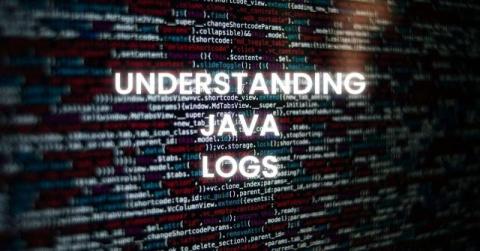The new era of observability: Why logs matter more than ever
20 years ago, software ate the world. The old ways of monitoring, failing over, or routinely rebooting quickly became inadequate and with a new focus on software excellence, how we monitor and maintain them had to be rethought. Even back then, when new software was released on an annual basis, it was clear that developers and futurists needed to build, inform, and optimize their approach, which required a deeper understanding of the application experience.











